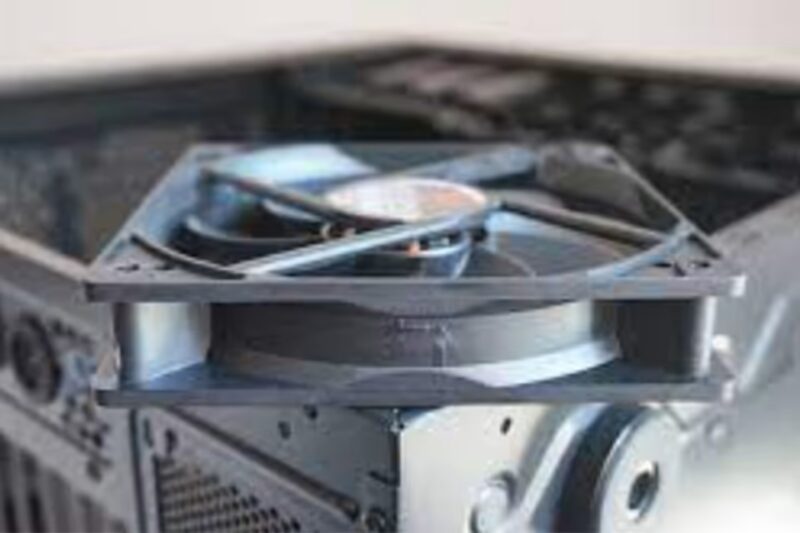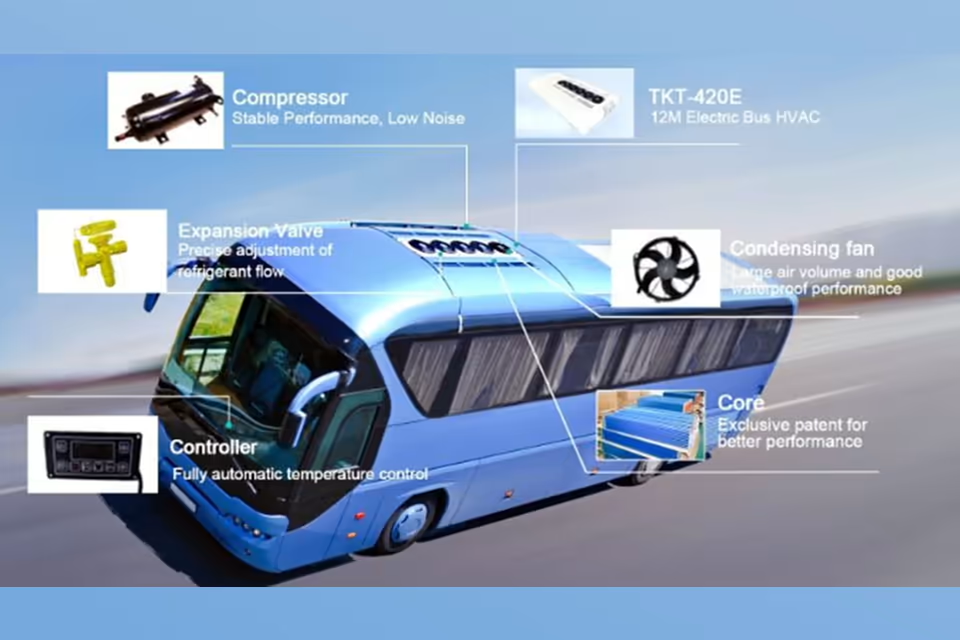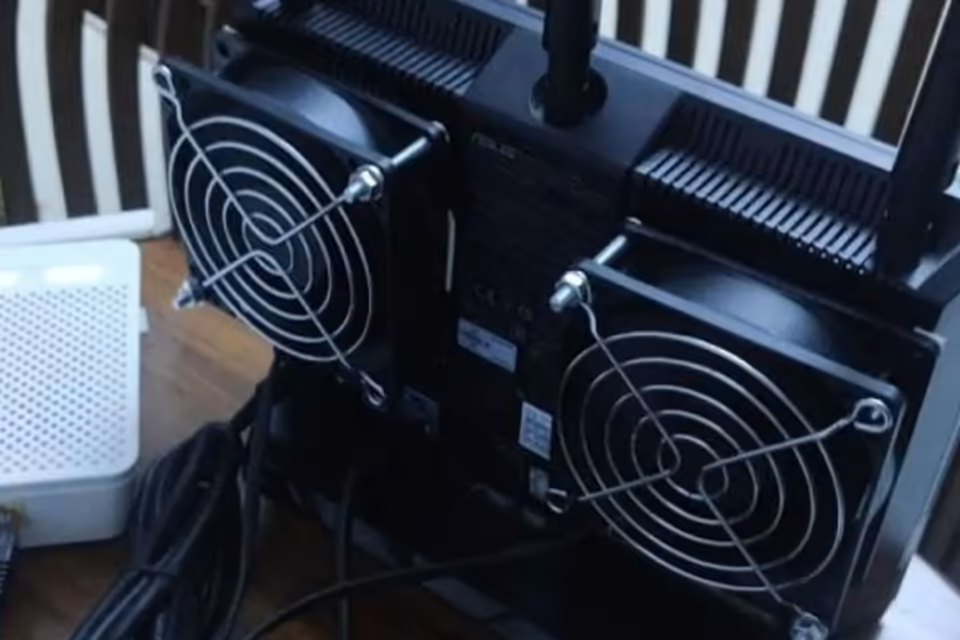A direct current (DC) cooling fan is a mechanical device that uses DC electricity to create airflow for thermal management. Prized for their energy efficiency and quiet operation, DC fans are widely used in electronics, automotive systems, and HVAC.
The evolution of DC fans is rooted in the invention of the ceiling fan in the late 19th century, but the key breakthrough was the introduction of brushless DC motors. This innovation revolutionized fan performance by minimizing mechanical wear, enhancing reliability, and reducing the need for maintenance.
Consequently, DC fans have become essential in sensitive electronics, such as computers and servers, where effective heat dissipation is vital for optimal performance. However, they have drawbacks, including a higher initial cost and more complex control systems, which can be a barrier for some users.
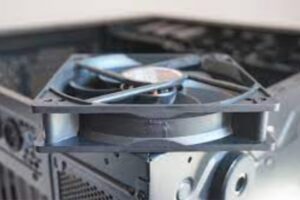
History
The history of cooling fans began in the late 19th century with the invention of the first ceiling fan in 1887. While air conditioning systems, pioneered by Willis Carrier in 1902, the need for more efficient and targeted solutions in electronics and industrial machinery soon became clear.
In recent decades, DC cooling fans have risen to prominence because of their significant advantages over traditional AC fans. The development of brushless DC motors was a game-changer, offering quieter operation, lower energy use, and improved reliability. As technology advanced, DC fans became critical components for thermal management in computers, servers, and industrial equipment, cementing their role in modern electronics.
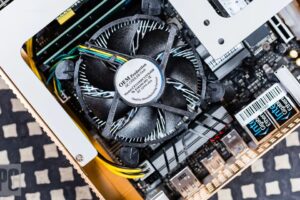
작동 원리
A DC cooling fan works by converting electrical energy into the mechanical motion needed to generate airflow. This process relies on several key components, including a stator, a rotor, fan blades, and a control circuit, which work together through electromagnetic interaction.
Components of a DC Cooling Fan
A DC fan operates using a few key parts. The stator (stationary) and rotor (rotating) are the core of the motor, using electromagnetic fields to create motion when DC power is applied.
Angled fan blades are attached to the rotor, generating airflow as they spin. Most modern fans use efficient and durable brushless DC motors, which rely on magnets instead of friction-prone brushes. Fan speed is precisely managed by regulating the electrical current, which is key to their high energy efficiency.
Types of DC Cooling Fans
DC fans are available in various designs, with the most common being axial and centrifugal fans, each suited for different cooling requirements.
DC Axial Fans
DC axial fans are the most widely used type. They consist of a motor, blades, and housing and are designed to generate airflow parallel to the axis of rotation. This linear airflow is effective for cooling electronic components like CPUs and power supplies in computers and servers. Key specifications include airflow rate, static pressure, and noise level. Their applications are broad, ranging from computers and home appliances to vehicles and solar systems.
DC Centrifugal Fans
Also known as blowers, DC centrifugal fans are designed to produce high pressure and are effective in systems that need stable airflow against resistance. Air is drawn in axially and expelled radially. This design, combined with brushless motor technology, ensures reliable performance in industrial applications like HVAC systems and server racks where space is limited and focused, high-pressure airflow is necessary.
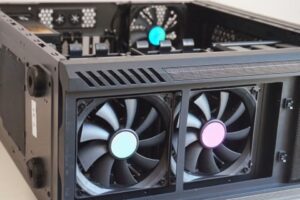
Applications
DC cooling fans are essential across multiple industries due to their efficient heat management capabilities.
DC cooling fans are vital for heat management across many sectors. They cool critical components in electronics like computers, regulate airflow in HVAC systems, and ensure the safe operation of medical and automotive equipment.
They are also essential in renewable energy systems and for cooling industrial machinery, such as server racks, preventing overheating and extending the lifespan of components.
장점
DC cooling fans offer significant benefits that make them ideal for modern thermal management.
The primary benefits of DC fans are their significant energy efficiency—using up to 70% less power than AC fans—and their long lifespan due to durable brushless motors that require minimal maintenance. They offer superior, quiet control with variable speeds, and their compact, adaptable design makes them versatile for a wide range of applications, especially in space-constrained electronics.
Disadvantages
Despite their benefits, DC cooling fans have some drawbacks to consider.
Key drawbacks of DC fans include a higher initial cost compared to AC fans and more complex control systems that can complicate design. While durable, they still require routine maintenance to prevent premature failure. Their application is also somewhat limited, as they are most effective in smaller devices, with AC fans often being the preferred choice for larger, industrial-scale uses due to their robustness

